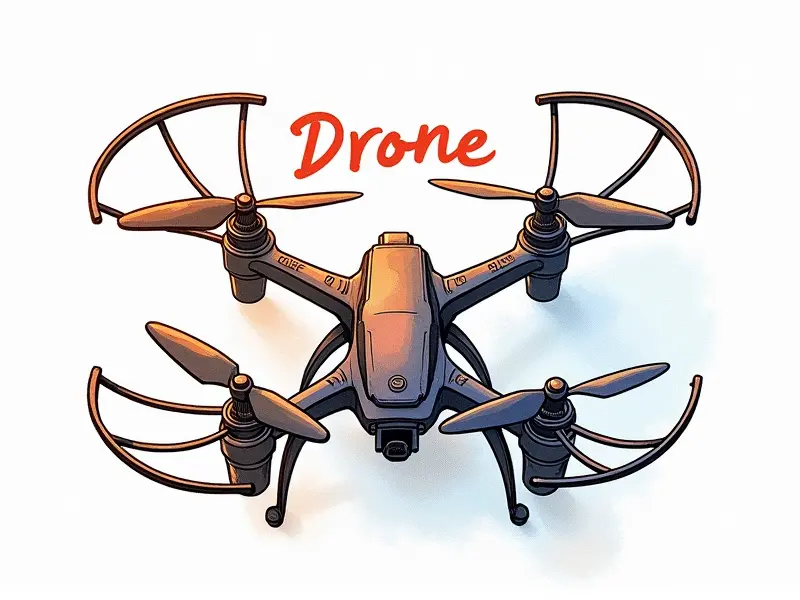Li-Po battery voltage under load

Understanding Li-Po Battery Performance Under Stress
Li-Po (Lithium Polymer) batteries are the backbone of modern RC drones due to their high energy density and lightweight construction. However, managing these batteries under stress or load is crucial for optimal performance and longevity.
The key factors affecting LiPo battery performance include temperature, discharge rate, and voltage levels. Understanding how these elements interact can help you maintain peak efficiency in your RC models.
Optimal LiPo Battery Voltage for RC Drones
Maintaining the right voltage is essential for optimal performance of RC drones. The ideal operating range typically falls between 3.0V to 4.2V per cell, depending on the specific application and battery capacity.
- High Voltage: At full charge (around 4.2V), a LiPo cell is ready for high-intensity activities such as racing or acrobatics.
- Moderate Voltage: For general flying and cruising, a voltage range of 3.8V to 4.0V per cell provides balanced performance.
- Low Voltage: As the battery discharges, maintaining at least 3.0V per cell is crucial to avoid damaging the cells.
Avoiding LiPo Battery Overdischarge in RC Models
Overdischarging a LiPo battery can lead to permanent damage and reduced capacity. To prevent this:
- Voltage Cutoff: Use a reliable voltage cutoff device or BMS (Battery Management System) that automatically disconnects the battery when it reaches a critical low voltage.
- Flight Time Monitoring: Keep track of flight time and land before reaching dangerously low voltages.
Maintaining LiPo Battery Health Under Load
To ensure your LiPo batteries remain healthy during high-load operations, follow these tips:
- Cool Down Periods: Allow the battery to cool down between flights to prevent thermal stress.
- Balanced Charging: Use a charger that balances each cell for even distribution of charge and discharge cycles.
Troubleshooting Low Voltage Issues with LiPo Batteries
If you encounter low voltage issues, consider the following steps:
- Check Connections: Ensure all battery connections are secure and free from corrosion.
- Battery Capacity Test: Use a capacity tester to determine if your battery is holding its charge properly.
Monitoring LiPo Battery Voltage During Flight
Real-time monitoring of voltage during flight is crucial for safety and performance. Utilize telemetry systems or dedicated flight controllers that provide real-time data on battery status:
- Battery Monitor Modules: These devices display current, voltage, and capacity in-flight.
Tips to Extend LiPo Battery Life in RC Aircraft
To prolong the life of your LiPo batteries, adhere to these practices:
- Avoid Overcharging: Charge only up to 4.2V per cell and never leave a battery on charge for extended periods.
- Store Properly: Store batteries at around 3.8V per cell in a cool, dry place away from flammable materials.
Understanding LiPo Battery Voltage Drop Explained
Voltage drop occurs as the battery discharges and can be influenced by several factors:
- Discharge Rate: Higher discharge rates cause faster voltage drops due to internal resistance.
- Temperature Effects: Extreme temperatures, especially cold weather, exacerbate voltage drop issues.
How to Measure LiPo Battery Voltage Under Load
To accurately measure the voltage of a LiPo battery under load:
- Multimeter Usage: Connect your multimeter across the battery terminals while it is discharging.
- Data Loggers: Use data loggers to record voltage levels during extended periods or flights.
Maintaining Optimal LiPo Voltage Levels
To maintain optimal voltage levels, follow these guidelines:
- Voltage Monitoring Devices: Invest in reliable devices that monitor and alert you to critical voltage thresholds.
- Battery Management Systems (BMS): Implement a BMS to automatically manage charging and discharging cycles.
LiPo Battery Capacity and Voltage Relationship
The relationship between LiPo battery capacity and voltage is critical for performance:
- Ampere-Hour Rating (Ah): This rating indicates the total energy storage capacity of a battery.
- Voltage Impact on Capacity: Higher voltage batteries generally offer more power but may have shorter lifespans due to higher discharge rates.
Conclusion
Maintaining optimal LiPo battery performance under load requires careful management of voltage, temperature, and discharge rate. By following the guidelines outlined in this article, you can ensure your RC drones operate safely and efficiently while extending the lifespan of your batteries.

